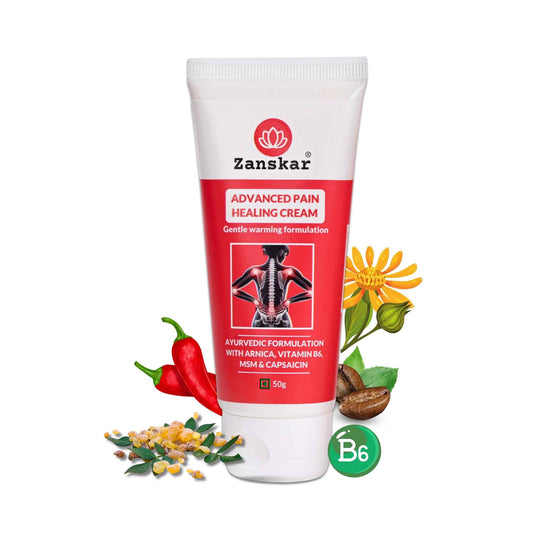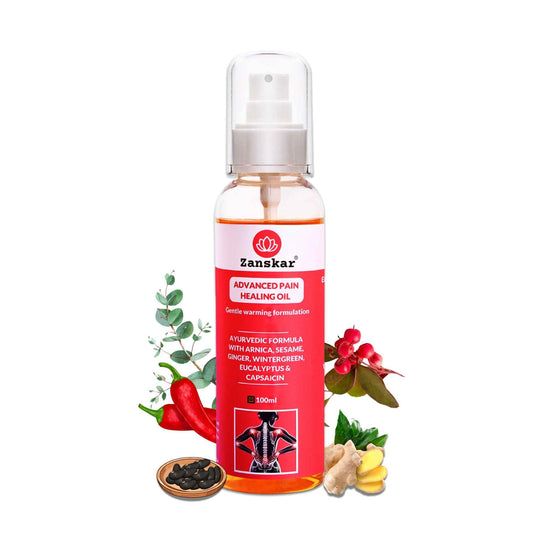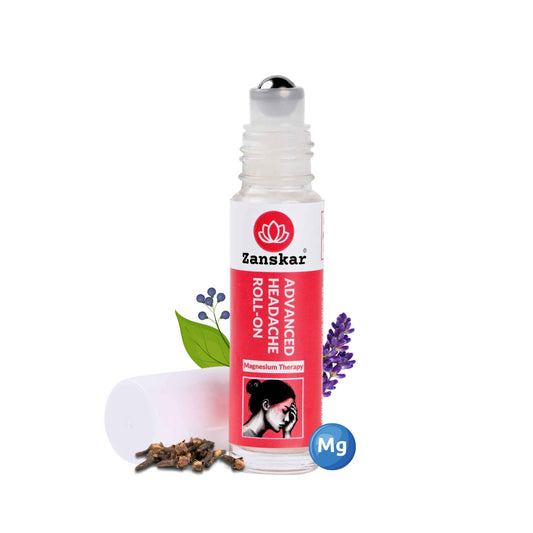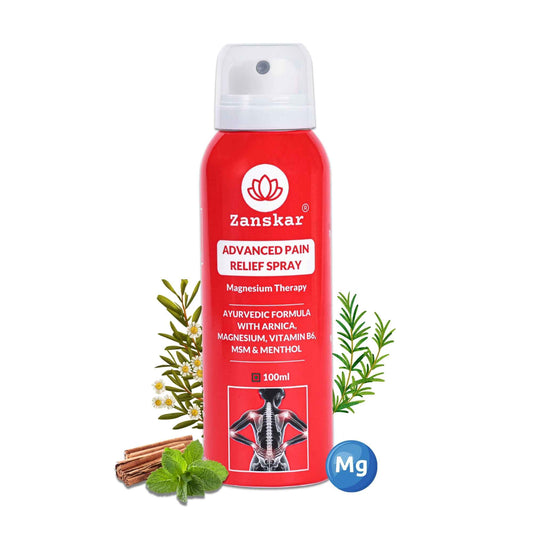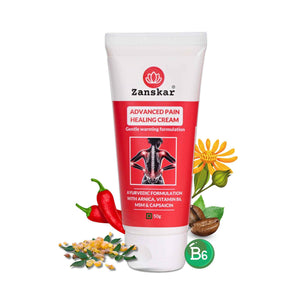
Like eating a healthy diet and getting plenty of sleep, you probably know that regular exercise is one of those things that you should do, but maybe you’re not exactly sure how to go about it. A lot of people are in the same boat: It’s really challenging to meet the physical activity guidelines of 150 minutes of moderate-intensity physical activity per week with two days of muscle-strengthening activity.
Maybe you struggle to find time, or perhaps you’re just not sure where to start. Maybe you’ve joined a gym, bought exercise equipment, or even started a home workout routine, but have never been able to really make it a habit. That’s common, and it’s okay.
“Workout ebbs and flows are very normal,” reassures Rashi Goel, PT, a physical therapist at Zanskar Health. “You can get injured, or life, in general, can get in the way.” Just making the decision to start exercising again is an important first step in creating a new healthy habit, he adds.
Read on to learn more about the benefits of starting an exercise routine and how to overcome barriers, plus get Zanskar Health physical therapists’ top tips to get started with a workout routine.
Common Barriers to Exercise
There are a lot of valid reasons why you may struggle to stay active. Here are some of the most common barriers Dr. Goel hears about from his patients:
• Exercise isn’t fun. Let’s face it, many people have hated exercise since elementary school gym class. The thought of joining a gym may make you feel anxious or simply be unappealing, or maybe you dread going for a run in your neighbourhood. There are many other options, though. “I encourage patients to find an activity that they really like and pair it with something pleasurable — like going on a hike with a friend — to make it something that they’re more likely to do,” says Dr. Goel. At the end of the day, the “best” workout is the one you’re going to do.
• Pain. If you’ve been recently injured or have a condition that contributes to chronic joint pain, like joint pain, you may worry that activity will make your pain worse. “The truth is, movement is medicine,” says Dr. Goel. In fact, regular, gentle exercise is one of the most effective ways to break a cycle of chronic pain. To help moderate your symptoms during activity, it helps to start small. So rather than starting with a five-mile run or 15-mile bike ride, start with an activity intensity and duration that feels manageable for you. It’s okay to nudge into some pain during exercise, but you don’t want it to exceed an acceptable level for you.
• Time. “It can be difficult enough to balance work life and family life without adding in time to exercise,” says Dr. Goel. This is where fitting in short five- or 10-minute bursts of activity during your day can be very effective. Zanskar Health physical therapists like to call these breaks “movement snacks.” Whether it’s doing some bodyweight exercises at your desk, going for a quick walk, or stretching at your kid’s soccer game, it all counts.
• Fatigue. You’re so tired that you can barely get through the day — how can you muster up enough energy to work out? Contrary to what many people assume, exercise itself is a potent pick-me-up because it releases endorphins, or brain chemicals that boost your mood, says Dr. Goel. A recent research found that people who adopt an exercise program that’s moderate intensity (like brisk walking) report less fatigue and more energy.
• It seems too late to start. It’s never too late to become physically active, no matter your age, weight, or fitness level. Even starting exercise later in life is highly beneficial. A 2019 study found that folks who’d been inactive early in life saw a 35% lower risk of dying if they stepped up their activity in their 40s, 50s, or even 60s.
• It’s hard to make it a habit. Habits can be hard to break, and they can be hard to create, too. This is often because people don’t understand what goes into a habit. Once you understand why your brain goes on “autopilot” during certain activities, you can make a concerted effort to change the cue. For instance, instead of sitting on the couch when you get home from work and catching up on emails, you can immediately put on your walking shoes. That gets you one step closer to establishing an after-work walking habit.
How to Get Motivated to Move
The first question to ask yourself when you want to start an exercise program is: Why? Do you want more energy to keep up with your kids? Got test results back from your doctor and your cholesterol is too high? Want to lose some weight? “If you understand your motivation, it will help you stay on track if barriers come up and try to derail you,” explains Dr. Goel. Here are some other ways to stay motivated:
• Find an activity that you enjoy. This boils down to intrinsic motivation — in other words, doing something that provides you satisfaction, says Dr. Goel. This usually means doing activities that you find fun and challenging, rather than a workout that you just need to slog through. Maybe it’s a hike with your dog at your favorite spot, weekend bike rides with your kids, or a local yoga or dance class you can take with some friends. Regardless, it should be something that you look forward to — not a chore.
• Exercise in a pleasant environment. If you find your gym stressful or overwhelming, you won’t want to go there. Likewise, your home workout won’t be enjoyable if you’re surrounded by your kids screaming and dogs jumping on you. “If a patient tells me they really love nature or a local park, then I encourage them to try to find a way to exercise there,” says Dr. Goel. You may also find that you’re more likely to stick with it if you take your workout outdoors. One study found that when women were assigned to either an indoor or outdoor workout routine for 12 weeks, the group that trained outside was more likely to stick with it — and even increase their activity levels — than the group that trained indoors.
• Set small, achievable goals. Research suggests that people who adopt this approach are more likely to continue to exercise. If you want to race a 5K but haven’t laced up your running shoes in years, I wouldn’t suggest starting with a long run, says Dr. Goel. If it’s too hard, it won’t be enjoyable, and you’re also more likely to get injured. Start smaller — aim to walk two miles with a few bursts of jogging mixed in. “If you set short-term goals and you stick to them, you’ll be more motivated to stick with them because you’re more likely to see results,” explains Dr. Goel. As you reach each goal, you can set new ones for yourself.
• Find an accountability buddy. Ideally, this is someone that you actually work out with. Research shows people are more likely to stick with exercise if they do it with someone else. But if you don’t have someone to work out with, or you really prefer to exercise alone, you can lean on a friend or family member to check in with you to see how your goals are coming along. You can also consider working with a health coach, like through the Zanskar Health program, for added accountability. “If you have someone to share in your successes, it makes it easier to follow through,” says Dr. Goel.
• Join a fitness challenge. If your workplace or local gym offers one, sign up! “Since other people you know are doing it, it can keep you motivated,” explains Dr. Goel. Most challenges usually run about 30 days, which is the amount of time research suggests many people need to make exercise a regular, healthy habit.
How to Start Exercising
Now that you’ve found a few activities you enjoy, you’re ready to begin your exercise journey. Congratulations! Here’s how to create a workout plan:
• Talk with a physical therapist. If you’ve been sedentary for a while, have chronic pain, or are starting to work out after an injury, it might be worthwhile to check in with a PT for a few sessions. “They can help you determine what exercises may help you best achieve your goals, and they can help you feel more confident that you’re safe to move,” says Dr. Goel. You can see a physical therapist in person or use a program like Zanskar Health to access a PT via telehealth/video visit.
• Start slow. Begin your workout with a five-minute warmup, like walking or marching in place, recommends Dr. Goel. Then speed up to a pace that you can sustain for five to 10 minutes without becoming breathless, then do a cool down with gentle stretching. Your goal is to work your way up to 30-60 minutes of exercise most days of the week.
• Sprinkle short bursts throughout the day. If it’s too hard for you to do a long session — you don’t have the time, or simply don’t have the stamina yet — break it up into shorter sessions throughout the day, recommends Dr. Goel. Research says taking more steps throughout the day helps you live longer — period — whether you take them in short bursts or all at once.
• Listen to your body. If it hurts or you feel dizzy or nauseous, scale back, says Dr. Goel. It also helps to utilize the “talk test.” If you are doing moderate-intensity exercise such as brisk walking, you should be able to talk, but not sing.
• Be flexible. If you don’t feel good, or have an extremely busy day, it’s okay to take a day (or even a few days) off. Just make sure you have the plan to get back into workout mode again.
• Eat and drink to fuel your body. Diet and exercise plans can be important for some people. The first step is to make sure you’re well-hydrated. It is recommended that you drink 0.5L water two hours before the start of exercise, then 0.25L every 10 to 20 minutes during your workout. If it’s an exceptionally hard workout or it’s very hot out, you’ll likely need more. It’s important to fuel up with the right foods, too. Consider eating a small, easy-to-digest snack 30-60 minutes before your workout, like half of a banana or some biscuits.
Exercising with Joint or Muscle Pain
It can be tricky to exercise with pain. It may hurt to move but try to remember: movement will make your joints feel better. “For my patients, starting is often the biggest barrier. Once they begin, and they feel better, then they usually want to continue,” says Dr. Goel. Here are some pointers on how to exercise if you have an injury or chronic pain:
• Stay low-impact. Think water workouts, a recumbent bike, an elliptical trainer, or walking on soft surfaces, like a track.
• Use heat, which can relax your joints and muscles before exercise. Use heat (like a moist towel) for about 10 minutes.
• Warm-up. Try not to jump right into the high-intensity portion of your workout. Start with range-of-motion exercises for five to 10 minutes, like stretching your arms up high and rolling your shoulders forward and backward. Then move into your aerobic or strengthening workout.
• Don’t “push through” unacceptable levels of pain. Although it can be scary, it’s okay to nudge into pain during movement. This helps you find your movement sweet spot — the point between doing too much and not enough to challenge your body. That said, don’t push through unacceptable levels of pain. If you’re not sure how to find your sweet spot, it’s okay to stop and check in with your PT or physician.
PT Tip: Slow and Steady Wins the Race
It’s easy for people to fall into an “all-or-nothing” mindset when it comes to exercise, especially if they haven’t been active in a while. But this can backfire, says Dr. Goel. “If you put too much pressure on yourself at the beginning, you may find that working out is too overwhelming and just give up,” he adds. “Try to start small. Just a walk around the block can be huge if you’ve been sedentary for months.”
Learn More About Zanskar Health
If you have joint or muscle pain that makes it hard to move, Zanskar offers the most advanced full stack pain relief solutions for you.
Now available to purchase, Zanskar® Advanced Pain Healing Cream has a unique formulation of natural ingredients like Arnica, Vitamin B6, MSM and Capsaicin, which is trusted by over 20L+ pain sufferers globally. It provides lasting relief from muscle and joint discomfort that you can feel good about. Get your fix before stocks run out - buy now.
You can also gain access to therapeutic exercises and stretches for your condition by downloading the Zanskar Health physiotherapy mobile app. Additionally, you’ll have a personal care team to guide, support, and tailor our program to you, including behavioral and nutritional coaching.
Download our mobile app here 👉 download and track your exercise streak.
Medical Review: This article is written by Dr Nishtha Mittal (Senior Health Content Editor at Zanskar Health) and has been medically reviewed by Dr Rashi Goel (Senior Physiotherapist at Zanskar Health). This article and its contents are provided for educational and informational purposes only and do not constitute medical advice or professional services specific to you or your medical condition.





